Colorful photography is all about using bright, vibrant colors to capture your viewer's attention. Here are 10 tips for capturing colorful photos that will stand out from the rest.
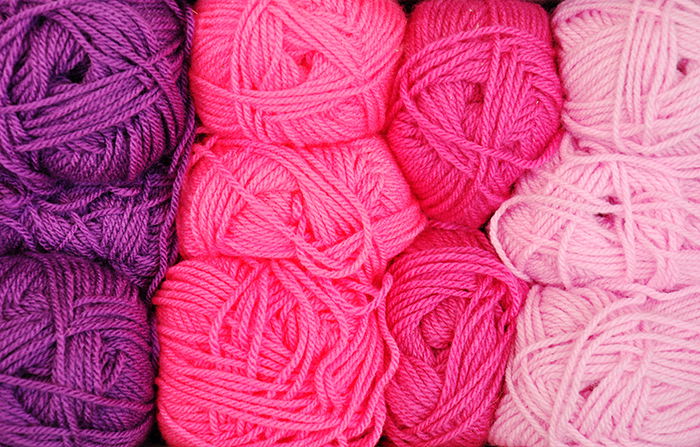
Pay attention to your white balance when you photograph vibrant colors. The wrong adjustment will make your photos look unflattering. Or it can turn a simple color into a completely different one.
There’s no perfect formula for white balance. It all depends on where you shoot. If you’re working with warm artificial light, you’ll have to make your photos look colder.
Most cameras come with several options for different lighting situations (i.e. sunlight, shade, etc.).
You can also manually adjust the color temperature. This will ensure that your results don’t end up looking too yellow or too blue.
Some photographers manipulate white balance to make their photos look surreal. This can be very fun to work with. But it can also ruin a lot of naturally beautiful colors.
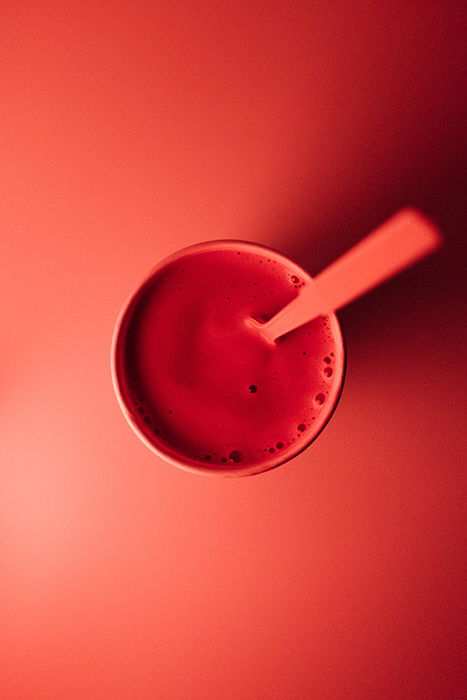
Messy photos are busy and distracting. This makes them difficult to look at. Unless this is the look you’re going for, you should avoid this messiness at all costs.
Photography often thrives in simplicity. A simple yet meaningful composition is sometimes more interesting than a detailed one.
Using a single vibrant color is more effective than blending a bunch of tones that don’t look good together.
No matter what you’re photographing, keep it simple. Photograph subjects that have similar tones. And use backgrounds that aren’t overflowing with color.
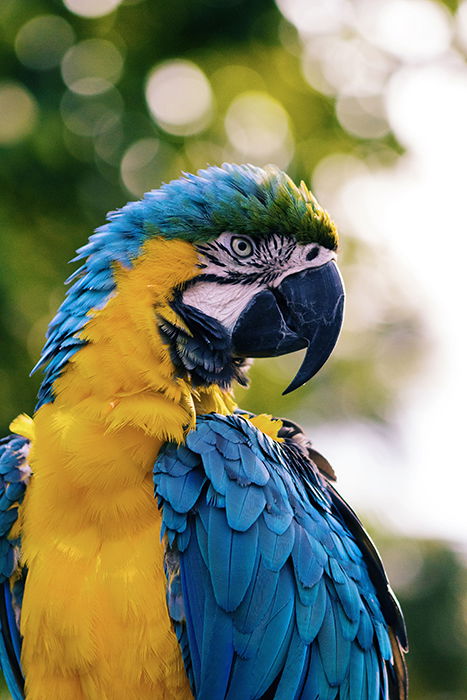
Nature is filled with stunning colors that don’t clash. You can work on your knowledge of vibrant colors and improve your nature photography at the same time.
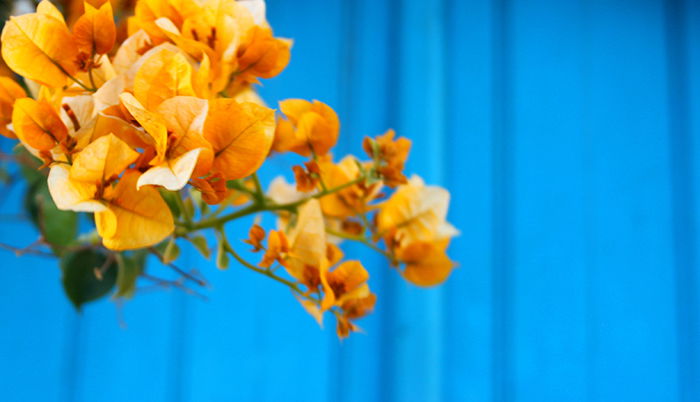 When you blend certain colors, they don’t look that good together. Instead of abandoning your subjects in this case, separate them.
When you blend certain colors, they don’t look that good together. Instead of abandoning your subjects in this case, separate them.
Separation will help you focus on a specific color. And it’ll blur out all the others. This can result in visually appealing photos that aren’t too dramatic.
To achieve this, you need a large aperture, also known as a small f-number. Try f/1.8 and f/2.5.
The smaller the number, the blurrier your background will be.
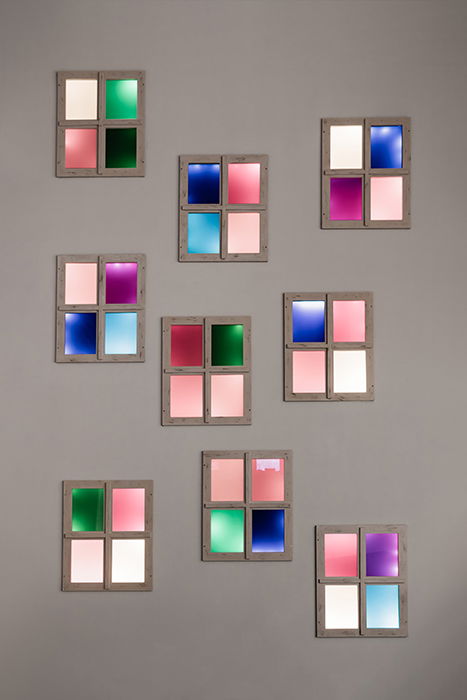
Instead of adjusting your white balance to manipulate specific colors, you can edit them out.
If your photos end up being too vibrant, you can desaturate colors that aren’t contributing to your photo.
This is perfect for photos of patterns, people, and nature.
Most editing programs have a selective desaturation feature.
I prefer the one in Lightroom. It’s very specific. And it can help you edit the hue and lightness of every color in your photo.

Earlier, you learned that it’s important to avoid mixing a bunch of colors together. It’s just as important to avoid too many details.
Imagine a vibrant photo with lines, patterns, and colors going in different directions. You wouldn’t know where to look!
Keep your colors and details simple for perfect photos of vibrant colors.
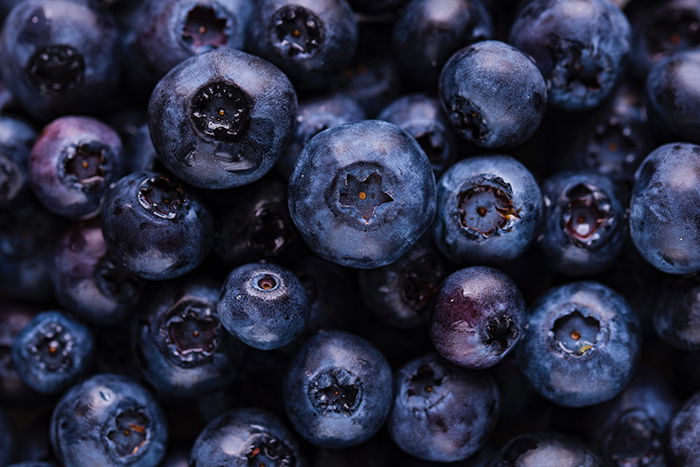 Colors, like human faces, can be lit in specific ways to create very different moods. If you’re working with a vibrant subject, you can create a joyful, mysterious, sad, etc., atmosphere using just one light source!
Colors, like human faces, can be lit in specific ways to create very different moods. If you’re working with a vibrant subject, you can create a joyful, mysterious, sad, etc., atmosphere using just one light source!
You can create a commercial feel by shooting with direct light and a reflector. The reflector will remove shadows and make everything look sharp and bright.
If you want something moodier, you can cover your light source with a semi-transparent material. Or you can work with a smaller light source, like a torch.
This will create more shadows, resulting in more mysterious images.
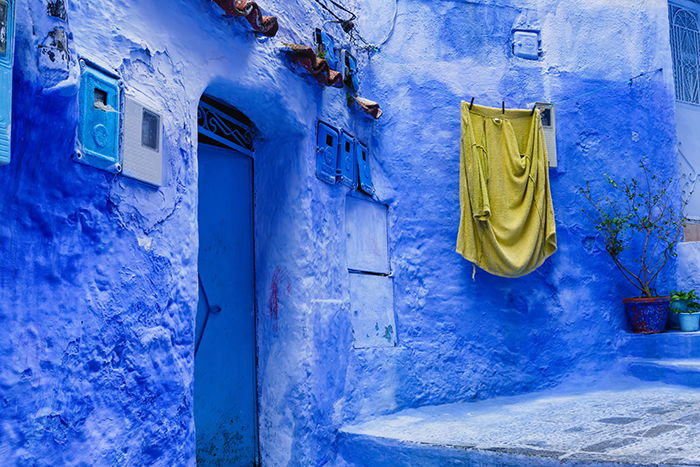
Some locations are full of buildings perfect for improving your knowledge of vibrant colors. This was taken in Chefchaouen, a Moroccan city filled with bright blue buildings. Are there any colorful places in your area that you could photograph?
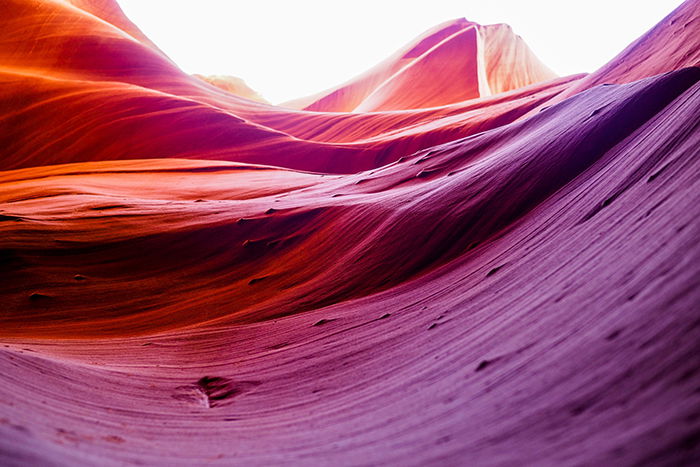 Editing programs have made it easy to manipulate colors. But it’s still important to use lens filters.
Editing programs have made it easy to manipulate colors. But it’s still important to use lens filters.
Lens filters are compatible with most cameras. They’re also affordable and can help you naturally enhance your photos.
Some filters can darken skies and make every subject in your image look well-lit. This is perfect for landscape photographers.
Other filters will make colors look more vibrant. Or they can add cooler or warmer tones to an image.
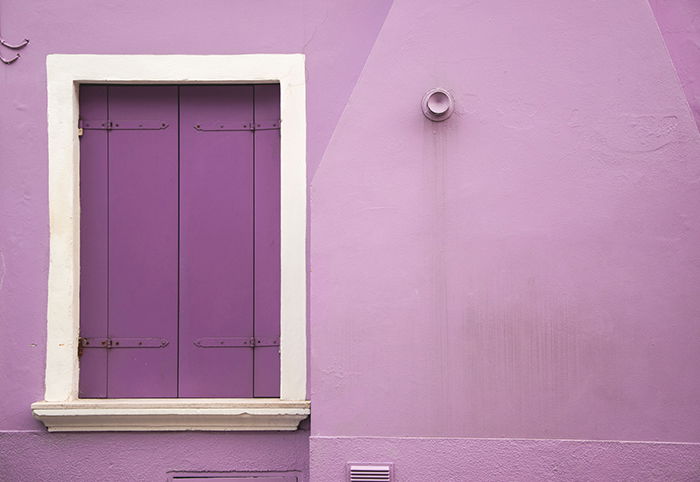
Lighting, location, and color temperature can all have an effect on the vibrance of your photos. If lens filters aren’t enough, add more saturation to your colors in programs like Lightroom and Photoshop.
Pay attention to the Saturation, Vibrance, and White Balance tools in your editing program.
White balance can help you add more warmth to an image taken on a gloomy day.
Saturation and vibrance have very different roles. Both can prevent unnatural oversaturation.
Saturation will enhance every color in your image. This might make already bright colors even brighter.
Vibrance will boost muted colors and leave the saturated ones alone.
There are a lot of amazing things you can do with vibrant colors.
When you photograph them, you’ll deepen your knowledge of complementary colors.
You’ll also get better at making colors stand out using your editing skills, and have a clearer idea of how to work with unusual colors.
Check our posts on lifestyle product photography or using gestalt theory as a photographer next!